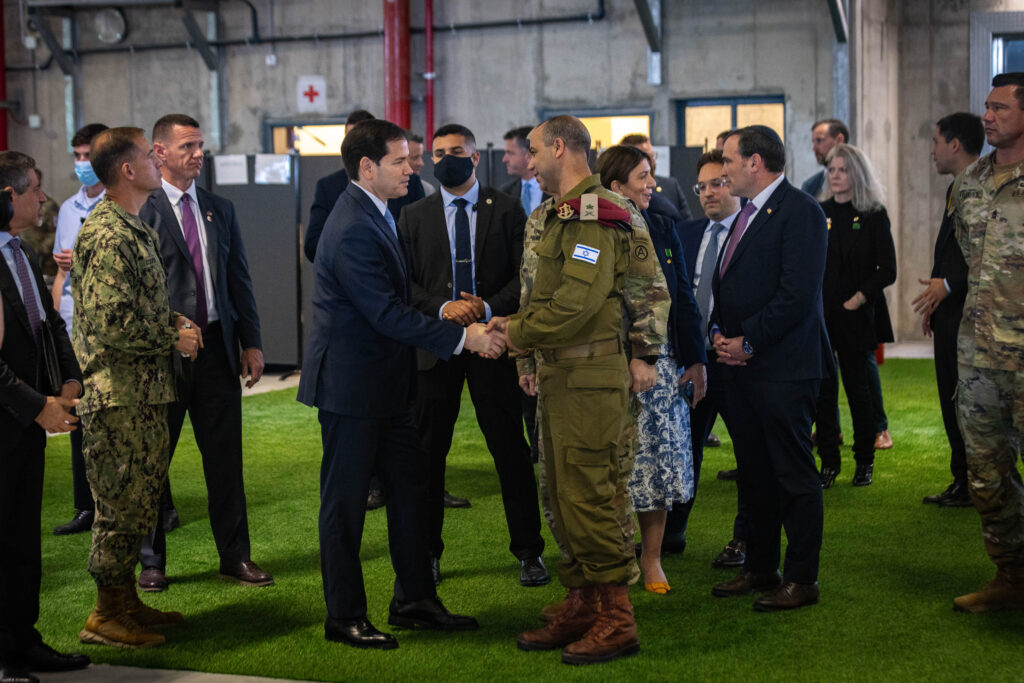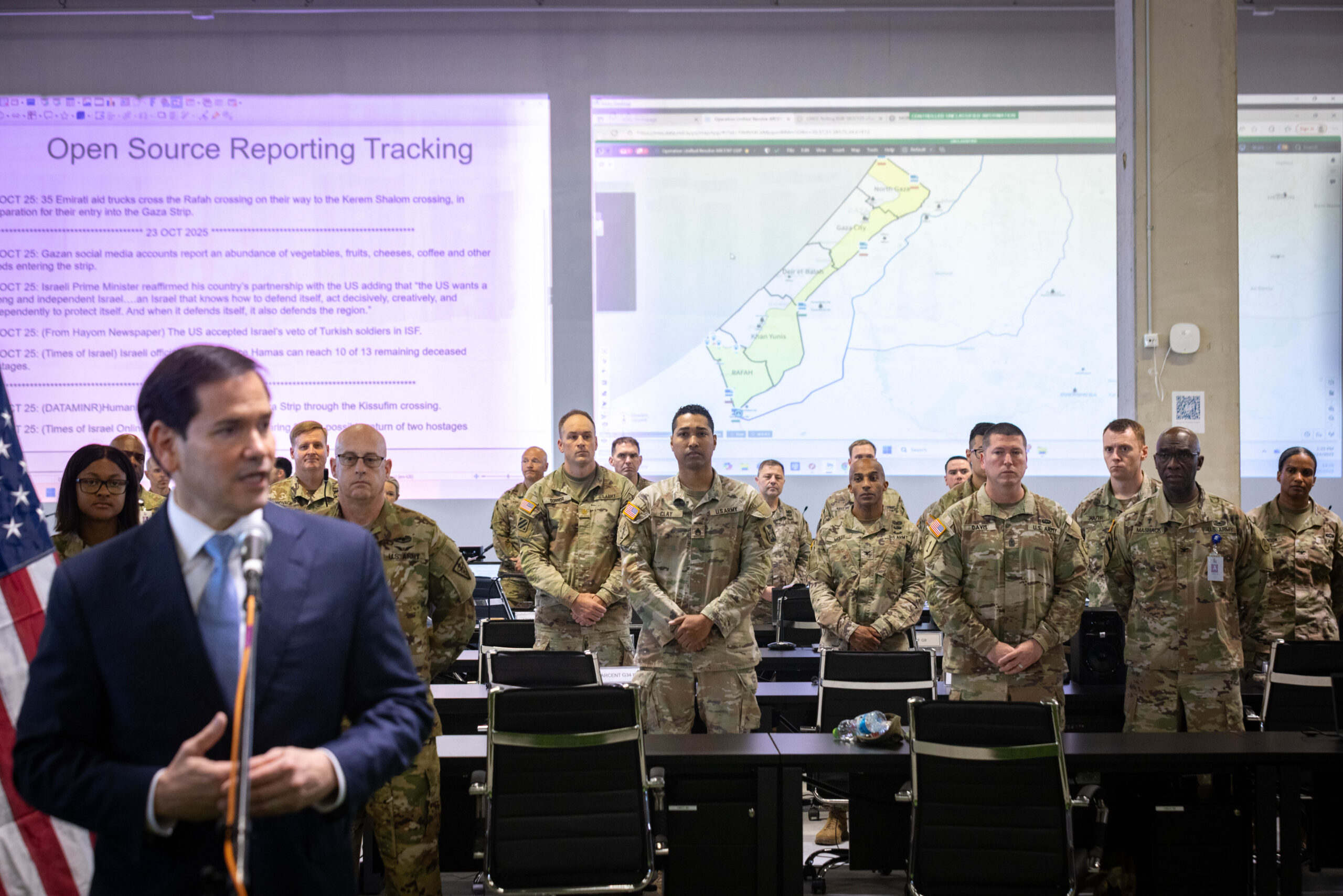For the first time, the United States is preparing to establish a large military base on Israeli soil near the Gaza border. Israeli security officials confirmed that the facility is being designed to host several thousand soldiers as part of an international force intended to maintain the ceasefire inside Gaza. The estimated cost will be approximately $500 million. The scope of the project and its stated purpose represent a shift in the military and diplomatic landscape surrounding Gaza and Israel’s long-standing policy of limiting foreign involvement in areas under its control.
The base would support the International Stabilization Force (ISF), a U.S.-led formation being assembled in coordination with multiple governments. The ISF is expected to assume responsibility in Gaza as the IDF completes its withdrawal. At present, Israel is already playing a secondary role at the Civil-Military Coordination Center (CMCC) in Kiryat Gat, where the ceasefire is being monitored. Representatives from countries including Jordan, the UK, Germany, Denmark, Canada, Australia, France, Spain, and the United Arab Emirates are present in the multi-floor compound. However, the chain of command and legal authorities governing the ISF are still under discussion.
A senior Israeli security official described the development as “a significant moment,” noting that since 1967, Israel has avoided foreign military structures on its soil. The official said the new base signals Washington’s determination to exert direct influence on the stabilization process in Gaza. “It’s hard to overstate the significance of building such a base,” the official said. “Israel has preferred to maintain clear sovereignty and minimal outside oversight. This represents a different era.”

Dr. Michael Milshtein, a senior researcher at Tel Aviv University’s Dayan Center and a former head of Palestinian affairs in Israeli military intelligence, told reporters that Israel’s central role in directing Gaza operations is diminishing. “The CMCC in Kiryat Gat is set to oversee most of the activity in Gaza,” he said. “Israel’s status as the central actor in the Strip is about to change.”
The CMCC is led by U.S. Central Command under Lt. Gen. Patrick Frank, with the civilian side headed by Steven Fagin, formerly U.S. ambassador to Yemen. The American contingent numbers about 200 troops. The U.S. portion of the facility utilizes advanced monitoring systems, while other floors hold Israeli personnel and representatives of foreign governments and international organizations.
Under the ceasefire framework, the ISF is being discussed as a force of around 20,000 soldiers. The United States has stated it will not send combat troops into Gaza and is, instead, holding talks with several countries, including Indonesia, the United Arab Emirates, Egypt, Qatar, Turkey, and Azerbaijan, regarding possible deployments. A senior U.S. official said Washington is seeking to secure a two-year mandate for the force and the governing Board of Peace through a UN Security Council resolution.
However, the decision to create a permanent U.S. base in Israel raises political questions in Washington as well. Some lawmakers oppose expanding the American military presence abroad, particularly at a time of ongoing domestic budget debates. The scale of the proposal guarantees scrutiny in Congress.
Israel’s role is also being reshaped in the area of humanitarian aid to Gaza. The CMCC is expected to assume primary responsibility for coordinating aid deliveries, thereby reducing Israel’s Coordination of Government Activities in the Territories (Matteh Tehamlatsot Beshotef, commonly referred to as COGAT) ‘s role.




